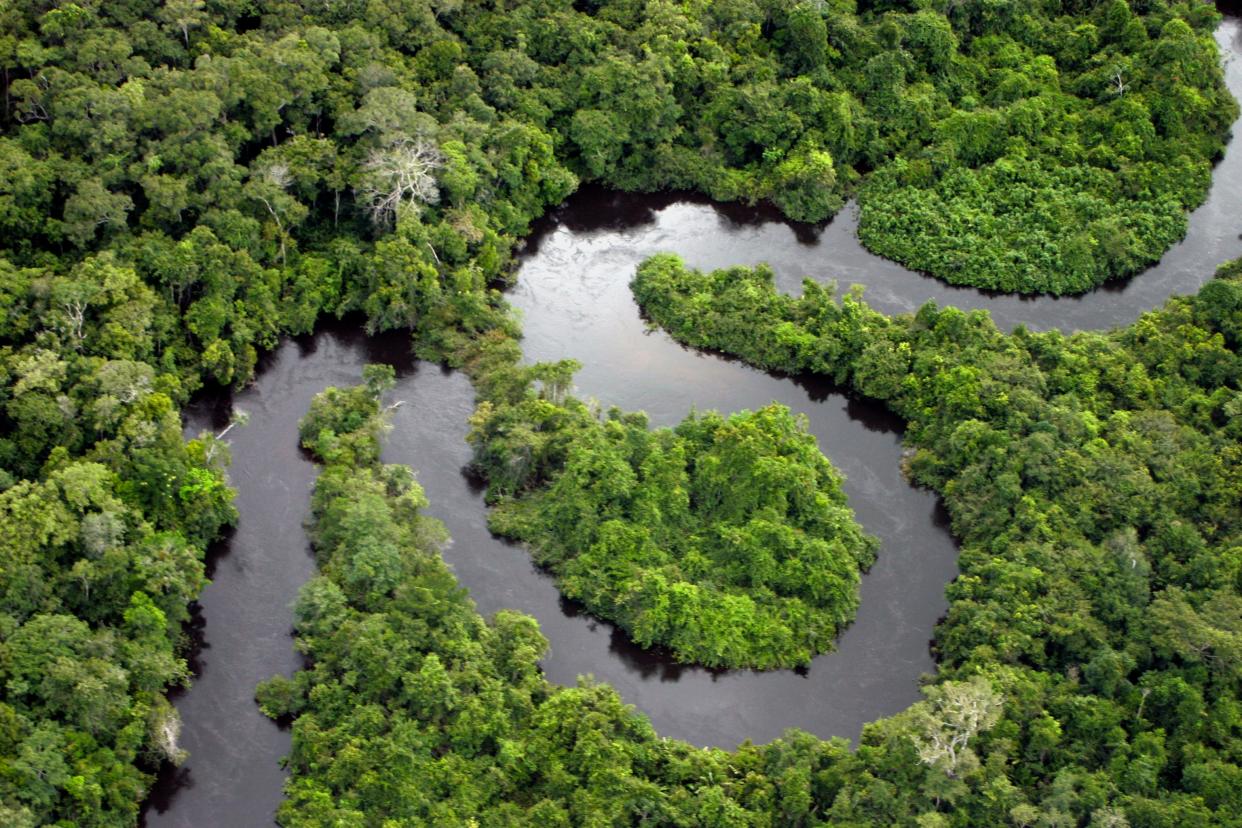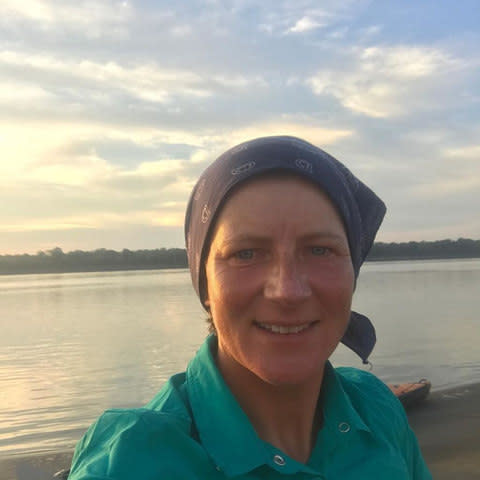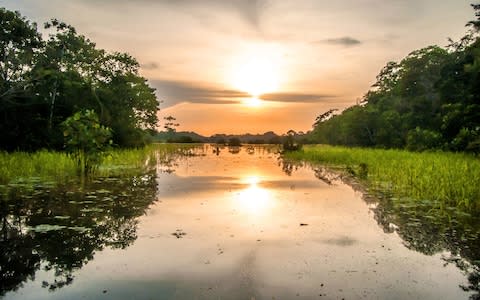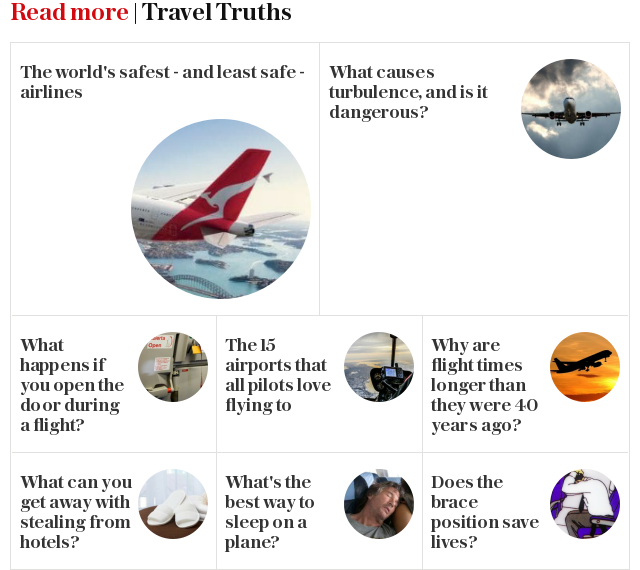Is it safe to visit the Amazon?

The murder of British kayaker Emma Kelty on a remote stretch of the Solimões – the name by which the mighty Amazon is known upriver of Manaus – will understandably give pause to anyone planning a visit to Brazil’s green heartland.
Brazilian police said Miss Kelty had been shot and killed by robbers – known locally as ‘water rats’ – who then dumped her body in the river.
It comes less than a year after police chief, Thyago Garcez, disappeared on the same stretch of river, after he and fellow officers got into a firefight with drugs traffickers. The upper Amazon has long been a battleground for rival drug-trafficking gangs and robbery is a serious problem.
“Sadly, piracy has been a fact of life for many years on a major waterway like the Amazon,” says Edward Paine, managing director of Last Frontiers, a tour operator specialising in Latin American holidays.
“Particular trouble spots in recent years have been the upper Amazon near Iquitos and around the border between Peru, Colombia and Brazil; and at the other extreme the mouth of the Amazon with its network of waterways affording rapid escape. Loss of life is rare, but particularly tragic when it happens.”

Several factors underlie insecurity in the central Amazon. Outside Manaus and the main towns, the population is spread thinly and infrastructure is limited. Paved roads are rare things, and often flood during the rainy season (December-May).
Policing the vast swathe of forest, with hundreds of smaller rivers feeding the main Solimões, is nigh on impossible.
However, a few basic facts should be borne in mind before you pull the plug on your river trip.
The Amazon region, the planet’s greatest biodiversity hotspot, covers more than 2.9 million square miles – that’s more than thirty times the size of the UK. The river is 4,345 miles long, from its source high in the Peruvian Andes, passing through the southeast corner of Colombia before beginning its epic journey west to the Atlantic coast of Brazil.
The Amazon basin, the area affected by the watershed of the main river and its tributaries, stretches across these three countries as well as Bolivia, Ecuador, Guyana and Suriname.
In terms of river trips, there’s everything from luxury cruisers out of Iquitos, to local riverboats plying Brazil’s mainstream at a soporifically sluggish pace to expedition-style vessels, with all mod cons. In recent years, lodges have sprung up all over the Amazon, many of them in remote areas. The so-called headwaters of the Amazon – in Peru and Ecuador – have become especially popular with birdwatchers and butterfly-seekers.

Needless to say, with so many options across such a huge area of South America, the risk of a dangerous encounter with criminals is both highly unlikely and impossible to eradicate completely.
Colin Stewart, chairman of the Latin American Travel Association, which represents a number of UK firms that sell trips to the region, says: “The nature of Ms Kelty’s trip means that it was not risk free but this is an isolated incident.
“We work with our members to ensure safe and sustainable travel around the region, a lot of which is very much off the beaten track. Members offer travellers a lot of support when in the region to ensure peace of mind and expert guidance.
“We would always recommend that visitors to Brazil and other Latin American destinations check the Foreign Office guidelines and take the necessary precautions to ensure their personal safety and security.”
Broadly speaking, if you book with a recognised tour firm, have the assistance of local guides, and use approved vessels on the waterways, the risk of an attack from pirates or other criminals is probably lower than that of heatstroke, dehydration or food poisoning.
“We offer cruises on the Rio Negro, a tributary of the [Brazilian] Amazon known for its tranquillity, wildlife, and friendly riverine people,” adds Edward Paine. “In our 25 years as a tour operator we have never experienced any problems.”
As of September 20, the FCO travel advice on Brazil had not been modified due to the kayaker incident.



